
If you are into landscape digital photography, you might be wondering which camera currently available is the best. With so many great cameras available, it is hard to pick a winner. We all decided to put together a detailed guide that will shows the top cameras we suggest for your landscape photography needs. It is very important note that every single tool in the list beneath has been tested extensively by all of us members, so we only provide suggestions based on our real world experience.
While most digital cameras can work ideal for landscape photography, some are going to be much better than others based on such metrics because total megapixels, dynamic range, in-camera features and lens selection.
Landscape photographers often wish cameras that have as many megapixels as possible, as broad of dynamic range as possible, excellent battery life, in-camera features such as concentrate stacking, as well as ability to withstand hard weather conditions. Often times, high ISO functionality, high frame rates, deep buffers and fast autofocus systems are usually of little use for panorama photographers.
At the same time, some other features such as in-body image leveling (IBIS) can be quite helpful, especially when digital cameras are able to take advantage of sensor movements to be able to track stars or to create high resolution images using pixel shift technologies. Ability to capture more dynamic variety when shooting at higher ISOs, as well as ability to focus easily within low-light conditions can also be vital for individuals who shoot the night sky. So if you are usually into astrophotography, you might need to evaluate this kind of criteria separately when picking a specific camera or camera system.
Lastly, it is important to point out that the good camera for landscape digital photography requires a solid selection of high-performance lens. A landscape photographer should be able to choose lenses based on their particular needs plus their budget.
Although a lot of photographers continue to rely on DSLR digital cameras that have a proven track record for panorama photography needs, some are moving towards mirrorless systems. Both definitely have their advantages and disadvantages, and depending on your requirements, you might want to evaluate each to see what realy works better for you.
Lastly, messf¨¹hler size is going to dictate the size of the entire system, its weight, as well as the overall cost. While medium structure digital cameras offer the best overall picture quality for landscape photographers, they are generally large, heavy and very expensive. For people and other reasons, most enthusiast plus professional landscape photographers often select full-frame DSLR and mirrorless digital cameras for their needs. Still, even full-frame cameras can end up being too heavy plus expensive for many hobbyists, which simply leaves APS-C and smaller sensor techniques as the best choices. In this article, we are going to first go over our top digital camera picks for landscape photography, after that go over some of the budget options.
As of 2019, there are many mirrorless cameras available from a variety of various manufacturers, including Panasonic, Olympus, Fujifilm, Hasselblad, Sony, Nikon, Canon plus Leica. Most of these cameras are capable of excellent image quality, thanks to their high res image sensors, wide dynamic variety and superb built-in features, which makes them all perfectly suitable for landscape digital photography. Let’ s take a closer consider the six cameras we picked through different manufacturers. The below checklist is sorted by our purchase of preference, although every digital camera we present is more than effective at yielding exceptional images.
Best Digital cameras for Landscape Photography in 2019
Fujifilm GFX 50S
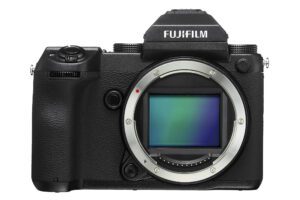 Our top choose is the Fujifilm GFX 50S, the only real medium format camera that we chose to include in our top cameras meant for landscape photography. The Fujifilm GFX 50S is a superb choice for surroundings photography for many reasons. First, it offers a high resolution 50 MP messf¨¹hler that produces images with quite wide dynamic range. Second, it offers a wide selection of exceptionally good lens suitable for landscape photography, as well as all sorts of useful accessories and bellows through both Fujifilm and third party producers. And lastly, Fujifilm provided plenty of in-camera tools in the GFX 50S especially for landscape photography needs such as user friendly focus stacking, bracketing, focus peaking and on-screen histograms to assist professional photographers in yielding optimal exposure.
Our top choose is the Fujifilm GFX 50S, the only real medium format camera that we chose to include in our top cameras meant for landscape photography. The Fujifilm GFX 50S is a superb choice for surroundings photography for many reasons. First, it offers a high resolution 50 MP messf¨¹hler that produces images with quite wide dynamic range. Second, it offers a wide selection of exceptionally good lens suitable for landscape photography, as well as all sorts of useful accessories and bellows through both Fujifilm and third party producers. And lastly, Fujifilm provided plenty of in-camera tools in the GFX 50S especially for landscape photography needs such as user friendly focus stacking, bracketing, focus peaking and on-screen histograms to assist professional photographers in yielding optimal exposure.

Its cheaper and lighter in weight brother, the GFX 50R can also be an excellent camera, but we prefer the GFX 50S over it because of its superior ergonomics and better stability when using GF-series lenses. The digital camera that we expect to top this listing once we use it in the field is going to be the brand new Fujifilm GFX 100 , which looks better than the GFX 50S in almost every way.
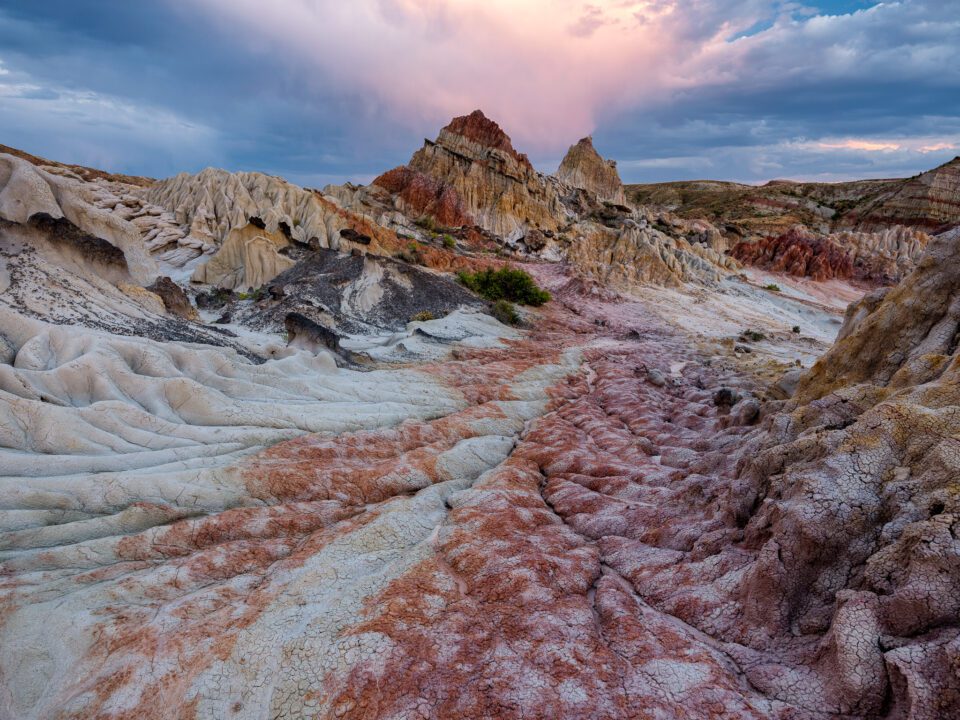
See our own detailed review of the Fujifilm GFX 50S to find out more about this camera.
Nikon D850
 Although mirrorless digital cameras have been gaining quite a bit of traction recently for a number of reasons (see mirrorless vs DSLR ), they will still have some catching up to perform with DSLRs when it comes to things like battery-life and lens selection. For panorama photography needs in particular, none of the particular camera manufacturers have made tilt and shift lenses yet, so you have to either use adapters together, or resort to bellows techniques to be able to tilt the plane of concentrate. Nikon has a wide array of point / shift lenses available today plus although they are quite expensive, they are one of many lenses available for the system, giving many different options for landscape photographers.
Although mirrorless digital cameras have been gaining quite a bit of traction recently for a number of reasons (see mirrorless vs DSLR ), they will still have some catching up to perform with DSLRs when it comes to things like battery-life and lens selection. For panorama photography needs in particular, none of the particular camera manufacturers have made tilt and shift lenses yet, so you have to either use adapters together, or resort to bellows techniques to be able to tilt the plane of concentrate. Nikon has a wide array of point / shift lenses available today plus although they are quite expensive, they are one of many lenses available for the system, giving many different options for landscape photographers.
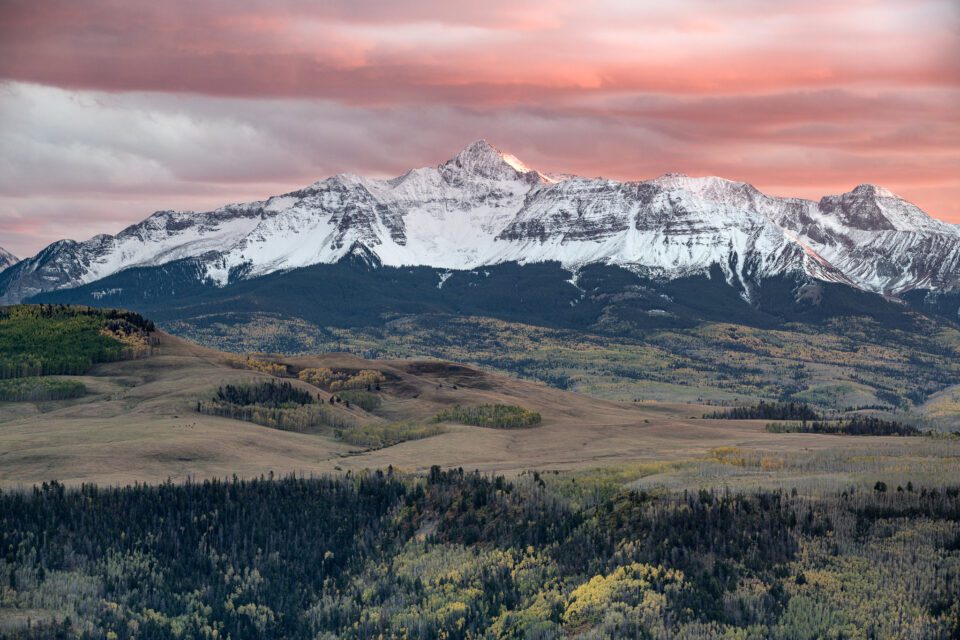
After testing out the Nikon D850, our team at PL decided that it is the most complete DSLR available today. Thanks to its phenomenal 45 MEGA-PIXEL sensor with the capability to go down as little as ISO 64 and yield leader in class dynamic range performance, proven Nikon ergonomics and easy to use menu program, rich lens selection, excellent in-camera features, great weather sealing plus amazing battery life, the Nikon D850 is our top recommendation amongst all full-frame cameras on the market today just for landscape photography needs.
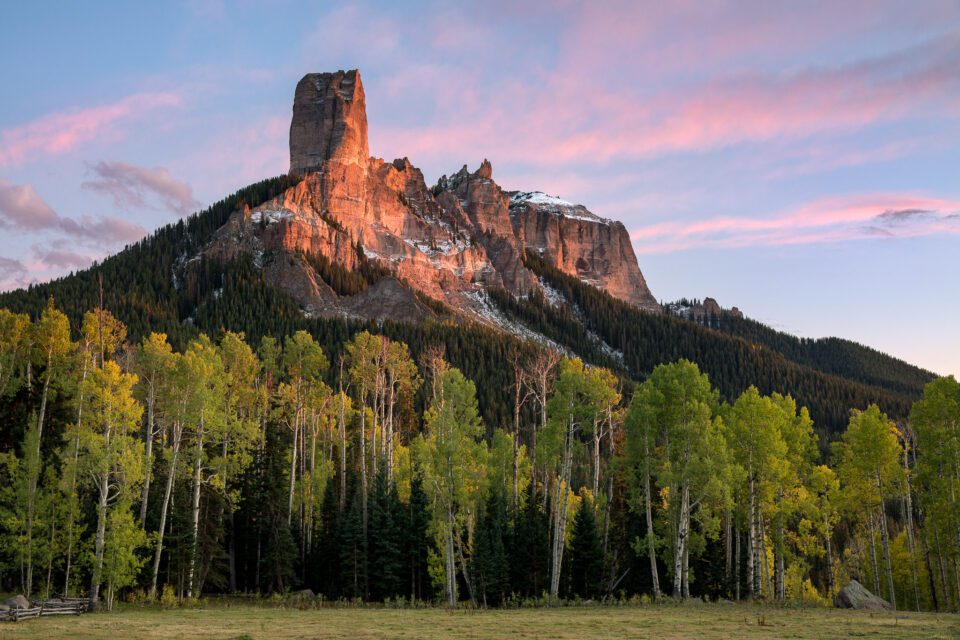
For more information, see our in-depth Nikon D850 review .
Another Nikon DIGITAL SLR that we highly recommend is the older D810, which is another phenomenal camera designed for landscape photography needs. We failed to include it in this list due to the D850 that replaced it. Individually, I decided to keep shooting along with my Nikon D810 even after the particular D850 release, because it was this kind of phenomenal camera. I later marketed it off in favor of the Nikon Z7, which I talk about below.
Sony A7R III
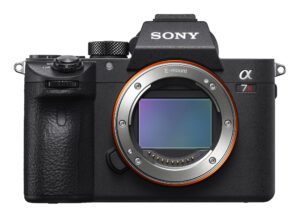 While both original Sony A7R and its 2nd revision suffered from a number of issues, Sony really came around and tackled most of our concerns with the launch of the A7R III. Thanks to the superb 42 MP BSI CMOS sensor that yields excellent powerful range, great battery life and wealthy lens selection, the Sony A7R III is our top choose among full-frame mirrorless cameras currently available. While the initial version lacked the built-in intervalometer, Sony went back plus added it in its firmware a few. 0, which is something many panorama photographers anticipated for a while. Getting rid of your local store in the A7-series to buy extra functions was a great move on behalf associated with Sony, as it is something that irritated all of us for a long time.
While both original Sony A7R and its 2nd revision suffered from a number of issues, Sony really came around and tackled most of our concerns with the launch of the A7R III. Thanks to the superb 42 MP BSI CMOS sensor that yields excellent powerful range, great battery life and wealthy lens selection, the Sony A7R III is our top choose among full-frame mirrorless cameras currently available. While the initial version lacked the built-in intervalometer, Sony went back plus added it in its firmware a few. 0, which is something many panorama photographers anticipated for a while. Getting rid of your local store in the A7-series to buy extra functions was a great move on behalf associated with Sony, as it is something that irritated all of us for a long time.

Sony has also done an amazing work with its lens releases, giving lots of options from ultra-wide angle in order to super telephotos for landscape professional photographers. Its willingness to open up the Electronic mount and work with third party zoom lens manufacturers resulted in addition of many 3rd party lens options in a relatively short while, which is an amazing achievement on behalf of Sony. Our biggest criticism of the Sony A7R III lies with its ergonomics and poorly organized menu program, which can make it painful for professional photographers to use the camera in the field.
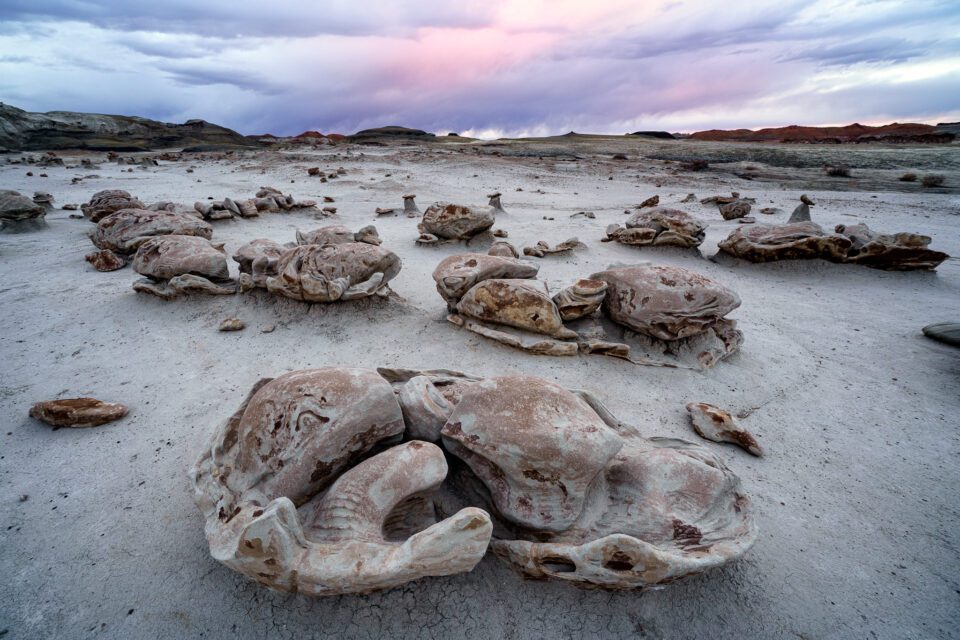
Pentax K-1 / K-1 II
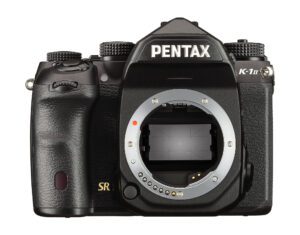 Another well-rounded DIGITAL SLR in our list is the Pentax K-1, which rightfully earns its place, thanks to its 36 MP CMOS sensor with 5-axis IBIS which is capable of taking high-resolution images along with pixel-shift technology. With pixel-shift, the particular Pentax K-1 is able to yield extremely detailed, noise-free images up to forty two MP. While 42 MP may not sound like a lot when we have forty five and 50 MP cameras about this list, it actually yields a lot more pixel-level details compared to other digital cameras. In addition , the ability to move the image messf¨¹hler also allows the Pentax K-1 to capture moving stars using its “ AstroTracer” feature, making the particular K-1 arguably the best camera within the list for astrophotography needs. The Pentax K-1 comes with a great set of in-camera features for landscape photography, which includes built-in GPS and Compass which usually automatically get written into every single captured image, which can be helpful for monitoring movement and position of the digital camera.
Another well-rounded DIGITAL SLR in our list is the Pentax K-1, which rightfully earns its place, thanks to its 36 MP CMOS sensor with 5-axis IBIS which is capable of taking high-resolution images along with pixel-shift technology. With pixel-shift, the particular Pentax K-1 is able to yield extremely detailed, noise-free images up to forty two MP. While 42 MP may not sound like a lot when we have forty five and 50 MP cameras about this list, it actually yields a lot more pixel-level details compared to other digital cameras. In addition , the ability to move the image messf¨¹hler also allows the Pentax K-1 to capture moving stars using its “ AstroTracer” feature, making the particular K-1 arguably the best camera within the list for astrophotography needs. The Pentax K-1 comes with a great set of in-camera features for landscape photography, which includes built-in GPS and Compass which usually automatically get written into every single captured image, which can be helpful for monitoring movement and position of the digital camera.
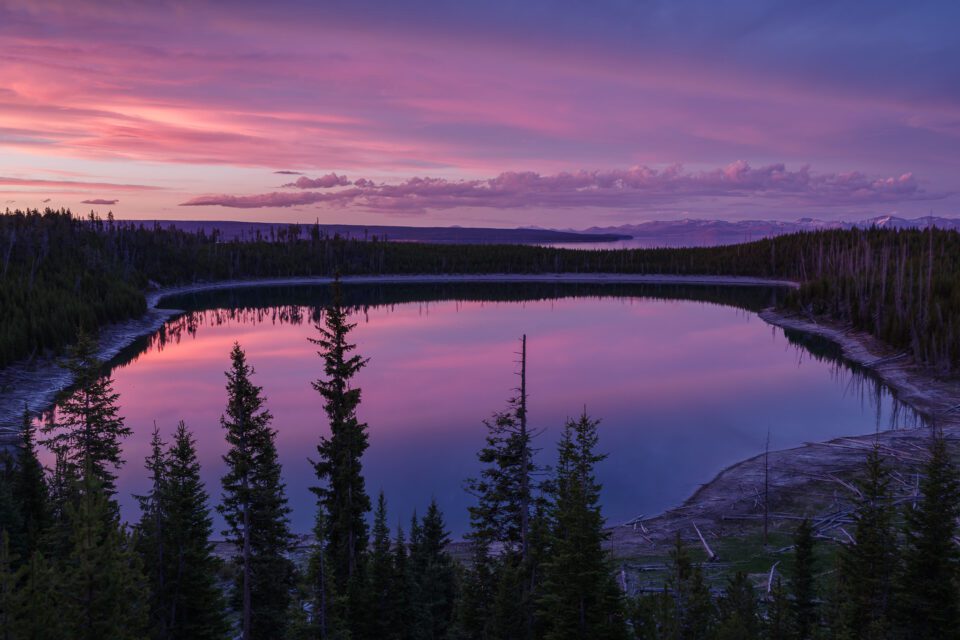
Pentax replaced the original K-1 with the K-1 II in early 2018, which provides even more features such as hand held pixel shift mode, superior AF tracking algorithm and other improvements in order to its pixel shift feature. All of this makes it worthwhile to upgrade towards the latest version.

Nikon Z7
 While the Z7 may be Nikon’ s first attempt in a high-resolution mirrorless camera, it is a solid contender in our list of best digital cameras for landscape photography needs because of its strong overall performance. It decorative mirrors the Nikon D850 sensor as well as its ISO / dynamic range abilities, comes with very effective in-body image leveling (IBIS), and packs everything (and more) the D850 has to offer when it comes to in-camera features designed for landscape picture taking, all with a smaller and lighter in weight footprint. Its biggest negatives are usually comparably poor battery life, limited indigenous lens selection, awkward to use FTZ adapter and a single XQD cards slot. Spencer and I do not think about these to be deal breakers, this is why we included the Z7 within our list of top cameras for scenery photography.
While the Z7 may be Nikon’ s first attempt in a high-resolution mirrorless camera, it is a solid contender in our list of best digital cameras for landscape photography needs because of its strong overall performance. It decorative mirrors the Nikon D850 sensor as well as its ISO / dynamic range abilities, comes with very effective in-body image leveling (IBIS), and packs everything (and more) the D850 has to offer when it comes to in-camera features designed for landscape picture taking, all with a smaller and lighter in weight footprint. Its biggest negatives are usually comparably poor battery life, limited indigenous lens selection, awkward to use FTZ adapter and a single XQD cards slot. Spencer and I do not think about these to be deal breakers, this is why we included the Z7 within our list of top cameras for scenery photography.
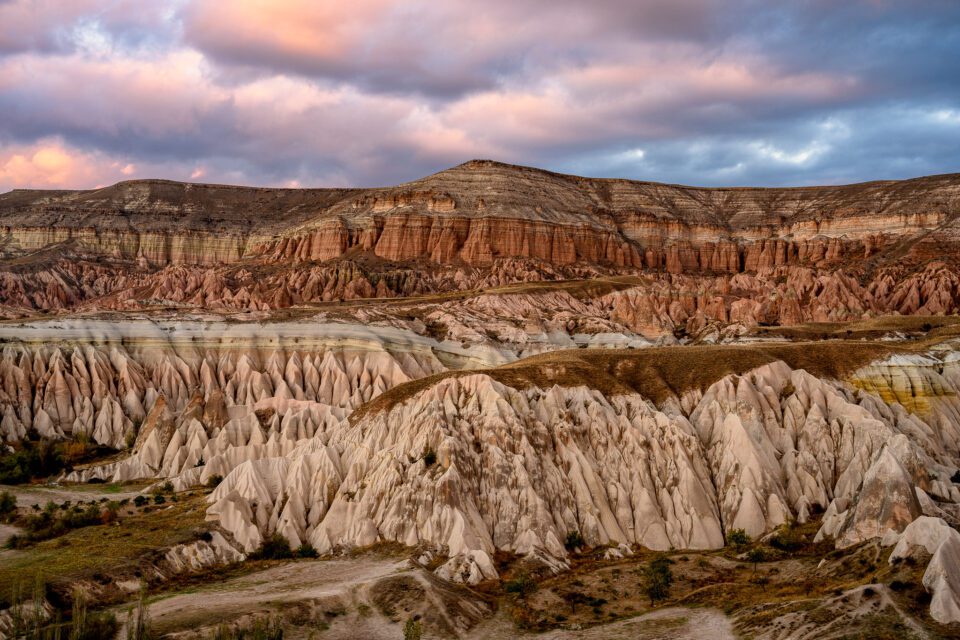
So far we have used the Nikon Z7 extensively for local and worldwide travel, and aside from a little put on the rubber grip, we cannot recognize any serious issues that would avoid us from recommending the digital camera to our readers. We absolutely really like Nikon’ s implementation of IBIS, which allows us to hand-hold the particular Z7 even in very low light circumstances, and we have been praising Nikon’ s i9000 Z mount lenses, which have almost all been exceptionally good (for one of the most part). With the recent $600 cost drop on the Z7, it has turn out to be an even more attractive option for landscape professional photographers. Still, we do want Nikon to pay more attention to firmware improvements, so we created our comprehensive wishlist of camera-features we would like to see on Nikon Z-series cameras. Lastly, we really hope Nikon continues to push for high-quality Nikon Z lenses and releases a lot more lens options for landscape photography requirements (Z 70-200mm f/2. 8 or f/4, Z 20mm f/1. four / f/1. 8, Z 24mm f/1. 4 / f/1. almost eight, etc).

To find out more about the camera, see our Nikon Z7 review . For additional information about Nikon Z lenses, make sure you see Everything You Need to Know About Nikon Z Lenses
Canon EOS 5DS R
 Last, but not least, may be the Canon EOS 5DS R DIGITAL SLR. The 5DS R is a best choice for Canon shooters, because of its 50. 6 MP CMOS sensor and lack of low-pass filtration system, which results in extremely detailed pictures with enough resolution to printing billboard-sized images. In addition to excellent ergonomics and easy to understand menu system, the particular Canon EOS 5DS R includes a tough magnesium alloy construction, outstanding weather sealing and great battery-life to make the camera a very practical device for landscape photography. Similar to Nikon, Canon has an extensive choice of high quality lenses for landscape photography – everything from ultra-wide angle and point / shift, to super telephoto. My personal favorites for landscape digital photography are the Canon EF 11-24mm f/4L USM, Canon EF 16-35mm f/2. 8L III USM, Canon EF 24-70mm f/2. 8L II USM and Canon EF 70-200mm f/2. 8L IS II USM, along with Canon’ s excellent line-up associated with tilt-shift lenses like the Canon TS-E 17mm f/4L and Canon TS-E 24mm f/3. 5L II.
Last, but not least, may be the Canon EOS 5DS R DIGITAL SLR. The 5DS R is a best choice for Canon shooters, because of its 50. 6 MP CMOS sensor and lack of low-pass filtration system, which results in extremely detailed pictures with enough resolution to printing billboard-sized images. In addition to excellent ergonomics and easy to understand menu system, the particular Canon EOS 5DS R includes a tough magnesium alloy construction, outstanding weather sealing and great battery-life to make the camera a very practical device for landscape photography. Similar to Nikon, Canon has an extensive choice of high quality lenses for landscape photography – everything from ultra-wide angle and point / shift, to super telephoto. My personal favorites for landscape digital photography are the Canon EF 11-24mm f/4L USM, Canon EF 16-35mm f/2. 8L III USM, Canon EF 24-70mm f/2. 8L II USM and Canon EF 70-200mm f/2. 8L IS II USM, along with Canon’ s excellent line-up associated with tilt-shift lenses like the Canon TS-E 17mm f/4L and Canon TS-E 24mm f/3. 5L II.
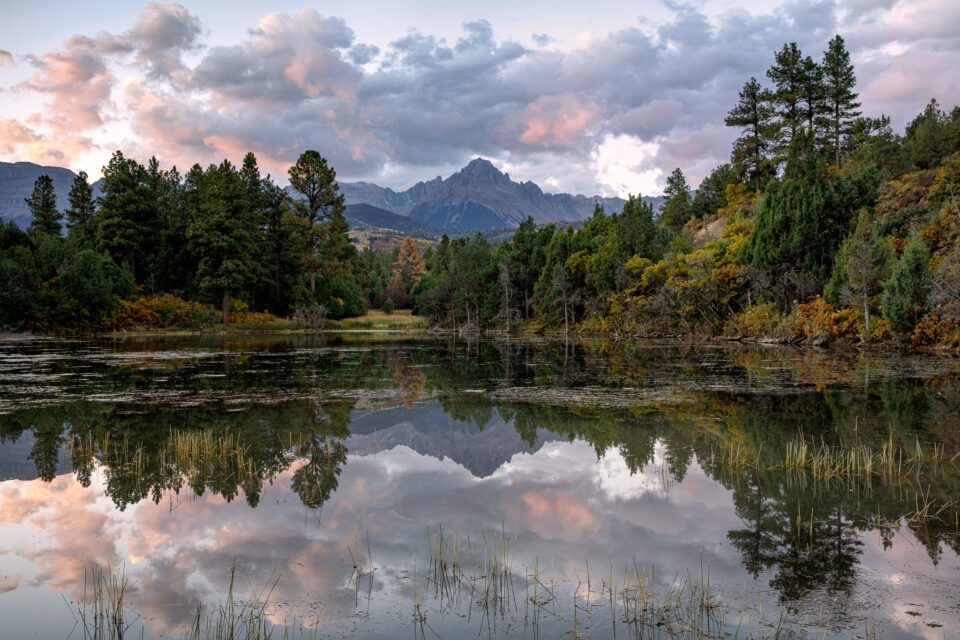
Unfortunately, Canon has not updated the particular 5DS R for several years now, which makes it look somewhat outdated compared to the competition (and even its own DIGITAL SLR and mirrorless cameras). It is ambiguous whether Canon is going to discontinue the particular 5DS R line in favor of the new mirrorless offerings in the future, as been seeing a rather aggressive discharge of high-quality RF-mount lenses, which may all work great in a long term high-resolution mirrorless camera body. In either case, the Canon EOS 5DS Ur is still worthy of being listed among the best cameras on the market today for landscape picture taking needs.

Best Budget Camera intended for Landscape Photography
If you are not ready to spend thousands of dollars on the medium format or a full-frame program, you might want to consider a few budget-friendly choices with smaller sensors that offer a little less resolution. Many photographers who perform landscape photography as a hobby may want to consider these cameras, which we now have had good experience with:
- Fujifilm X-T2 / X-T3 – Our top picks amongst APS-C cameras are the X-T2 plus X-T3, both of which offer excellent image quality with a relatively little footprint.
- Nikon D7500 – Nikon’ s enthusiast-grade DIGITAL SLR with an APS-C sensor offers broad dynamic range and a solid choice of Nikkor lenses
- Nikon D5600 – Another great choice for all those on a lower budget is the Nikon D5600, which is capable of amazing picture quality, even when coupled with kit lens
- Canon EOS 80D – A strong 24 MP digital camera from Canon that can be coupled with a comprehensive list of Canon EF and EF-S lenses to deliver stunning results
- Canon EOS T7i – Sporting a similar 24 MP messf¨¹hler as the 80D, the T7i can be another great camera from Canon
- Sony A6000-series – Sony’ s A6000-series cameras are all excellent mirrorless options for landscape photography requirements
What digital camera do you shoot landscapes with plus why? Please let us know in the remarks section below!

